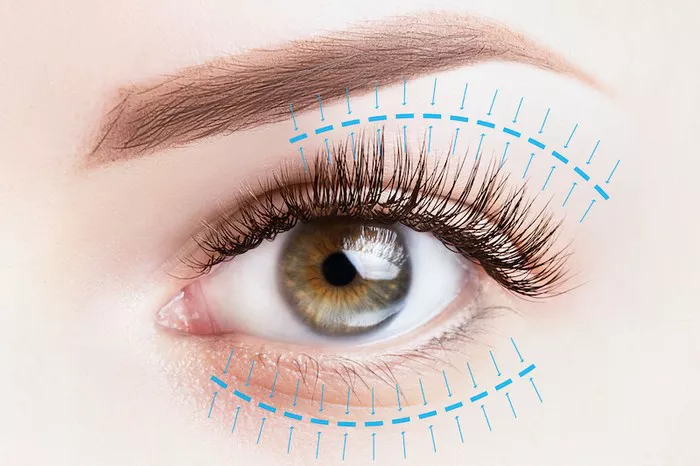Eyelid surgery, also known as blepharoplasty, is a popular cosmetic procedure designed to rejuvenate the appearance of the eyes by addressing sagging eyelids, excess skin, and puffiness. One important consideration for individuals considering eyelid surgery is the cost of the procedure. In this article, we will explore the factors that influence the cost of eyelid surgery, considerations to keep in mind when budgeting for the procedure, and potential financing options available.
Factors Affecting the Cost of Eyelid Surgery:
Several factors contribute to the overall cost of eyelid surgery. Understanding these factors is essential for individuals considering the procedure:
Surgeon’s Experience and Reputation: The experience and reputation of the plastic surgeon performing the eyelid surgery can influence the cost of the procedure. Surgeons with extensive training, expertise, and a strong reputation may charge higher fees for their services.
Geographical Location: The cost of eyelid surgery can vary depending on the geographical location. Areas with a higher cost of living or a higher demand for cosmetic procedures may have higher surgical fees compared to other regions.
Type of Eyelid Surgery: The specific type of eyelid surgery required can impact the cost. Procedures may include upper eyelid surgery, lower eyelid surgery, or a combination of both. The complexity of the procedure, the extent of correction needed, and any additional techniques or treatments involved can influence the overall cost.
Anesthesia and Facility Fees: Eyelid surgery is typically performed under local anesthesia with sedation or general anesthesia. The fees associated with anesthesia and the use of a surgical facility are additional factors that contribute to the overall cost.
Pre-operative Assessment and Post-operative Care: Before undergoing eyelid surgery, individuals will typically have a pre-operative assessment to evaluate their candidacy for the procedure. Additionally, post-operative care, including follow-up appointments and any necessary medications or dressings, can affect the overall cost.
Additional Treatments: In some cases, additional treatments may be recommended in conjunction with eyelid surgery to achieve the desired results. For example, if the patient has under-eye hollows or wrinkles, dermal fillers or laser resurfacing may be suggested. These additional treatments will have their associated costs.
Considerations for Budgeting:
When considering the cost of eyelid surgery, it is essential to keep the following considerations in mind:
Quality and Safety: While cost is an important factor, it is crucial not to compromise on the quality and safety of the procedure. Choosing a qualified and experienced plastic surgeon who operates in an accredited surgical facility is essential to ensure optimal results and minimize the risk of complications.
Consultation Fees: Many plastic surgeons charge a consultation fee, which is often deducted from the total cost of the procedure if the patient decides to proceed. It is important to inquire about this fee during the initial consultation and factor it into the overall budget for eyelid surgery.
Insurance Coverage: In some cases, eyelid surgery may be considered medically necessary if the excess skin obstructs vision. If this is the case, a portion of the cost may be covered by medical insurance. However, most eyelid surgeries performed for cosmetic reasons are not covered by insurance plans.
Financing Options: Various financing options are available to help individuals manage the cost of eyelid surgery. These may include payment plans, medical credit cards, or loans specifically designed for cosmetic procedures. It is important to research and explore financing options to determine the most suitable approach.
Revision or Touch-up Costs: While eyelid surgery is typically a long-lasting procedure, there is a possibility that a revision or touch-up may be required in the future. It is essential to inquire about the surgeon’s policy regarding revisions and understand any associated costs that may arise.
Conclusion
Eyelid surgery can provide individuals with a rejuvenated and refreshed appearance, enhancing their self-confidence and overall well-being. Understanding the factors that influence the cost of the procedure, considering the associated expenses, and exploring available financing options are crucial steps in planning for eyelid surgery.
When budgeting for eyelid surgery, it is important to prioritize safety, quality, and the expertise of the plastic surgeon. Investing in a skilled surgeon and a reputable surgical facility can significantly contribute to achieving the desired outcomes and minimizing the risk of complications.

